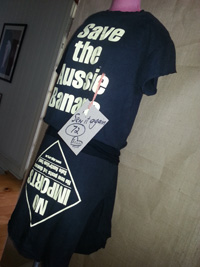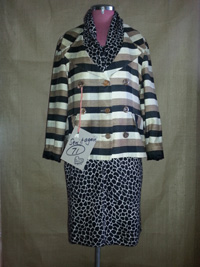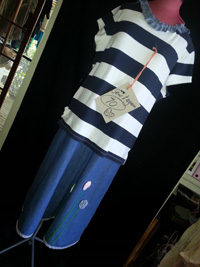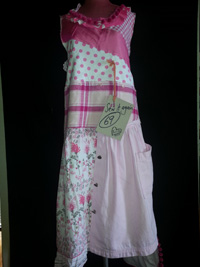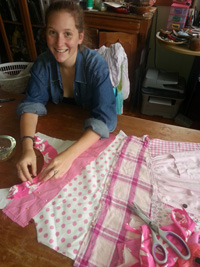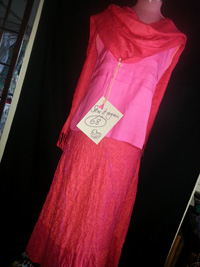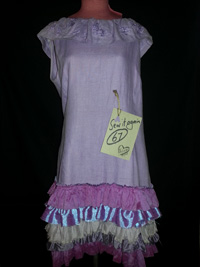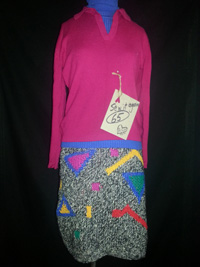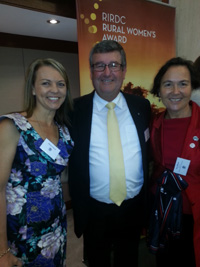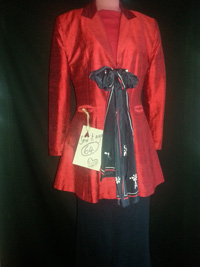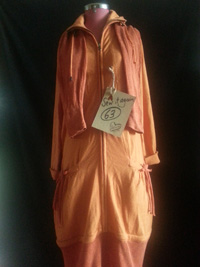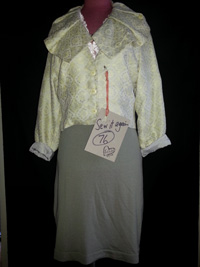
A jumper-skirt is teamed with an upcycled jacket that has its hemline recast as a collar to become Sew it Again #76 of 365.
Creative resewing of existing clothing is one of several ways eco-conscious consumers can be part of the sustainable fashion movement which has strengthened after the Rana Plaza fire in Bangladesh raised awareness of the deathly high cost of cheap clothing choices.
If you want to rethink the way you dress, there are four options (summarised below) outlined by Dominica Lim in a Verily Magazine article “What kind of eco-fashionista are you?”
THE CREATIVE: Rally girlfriends for a clothing swap party or engage in fun DIY projects to usher in new style statements.
THE INVESTOR: Think quality over quantity and price per wear. Before you buy ask yourself, will I wear this more than 10 times? Will I be able to wear this next season? Why am I buying this? No matter how fast fashion is, a staple piece that makes you feel your best self is absolutely timeless. Continue reading
